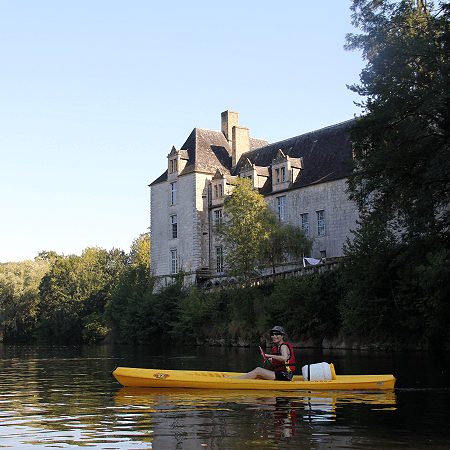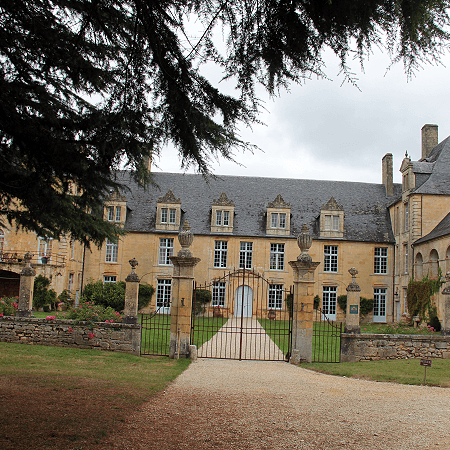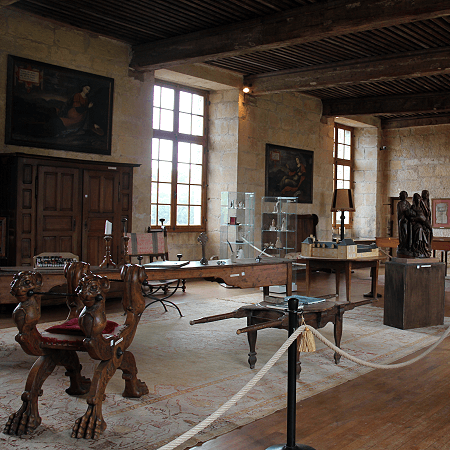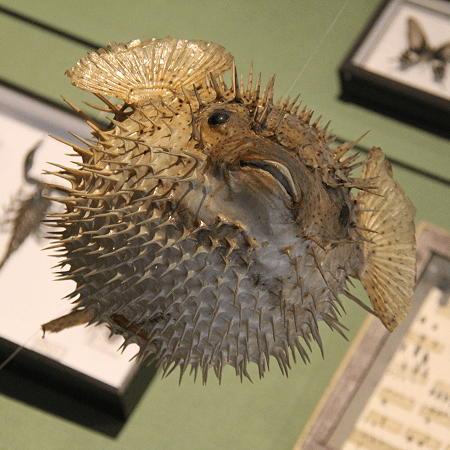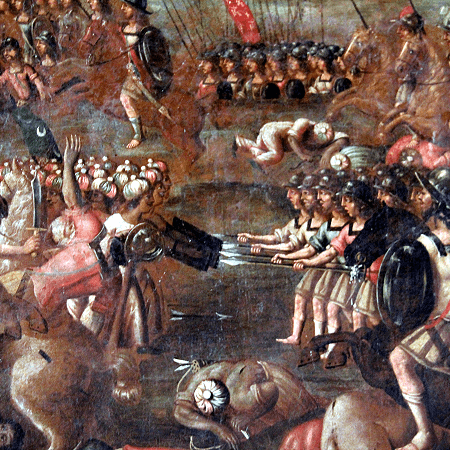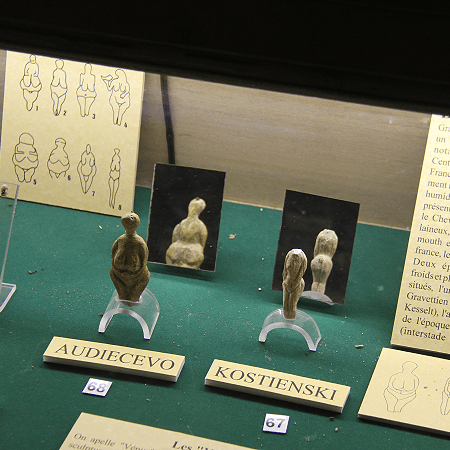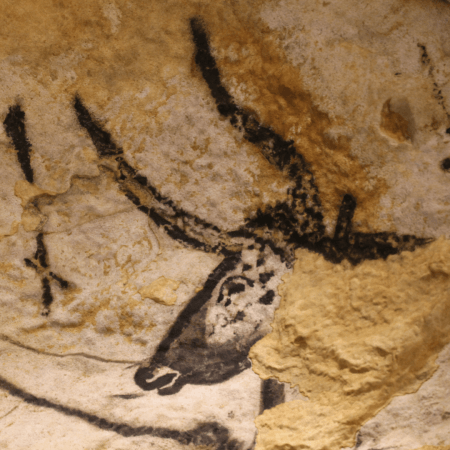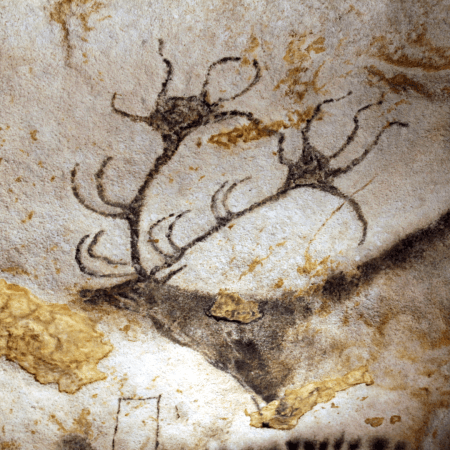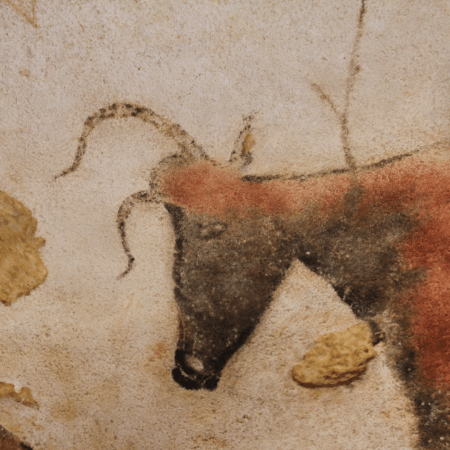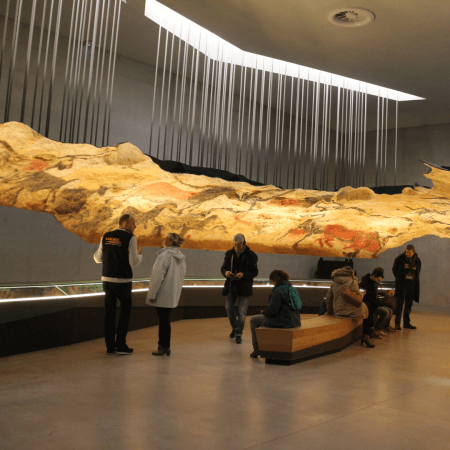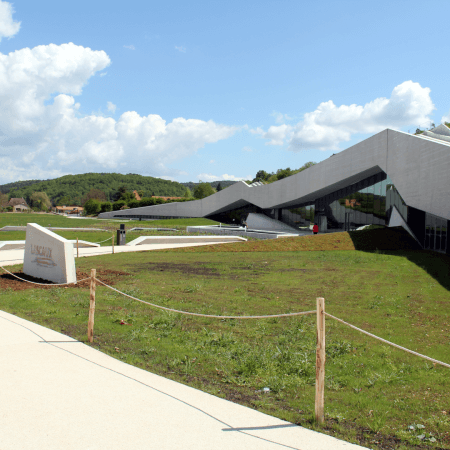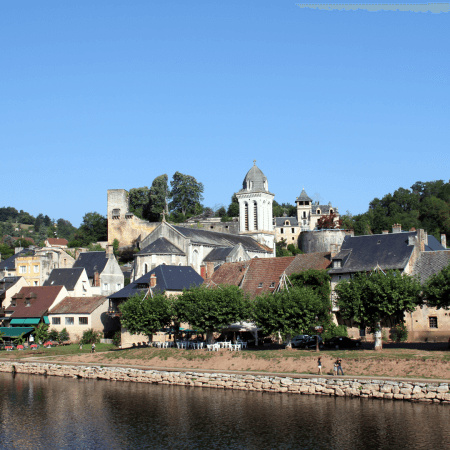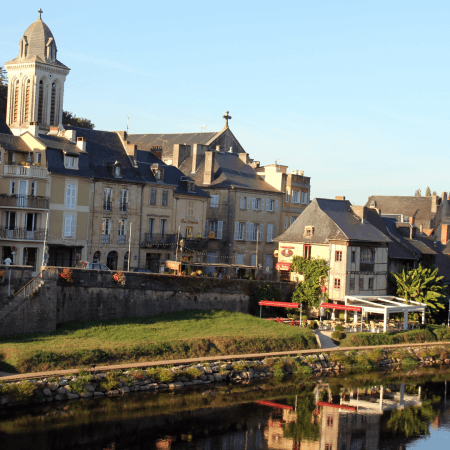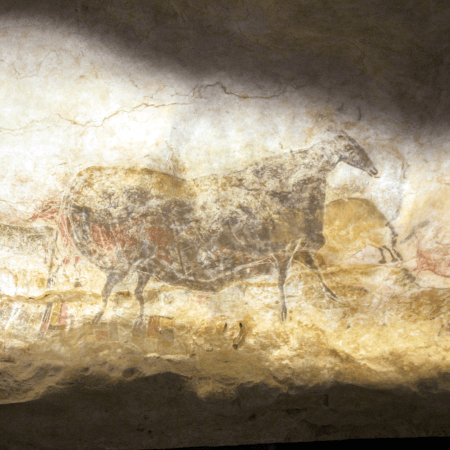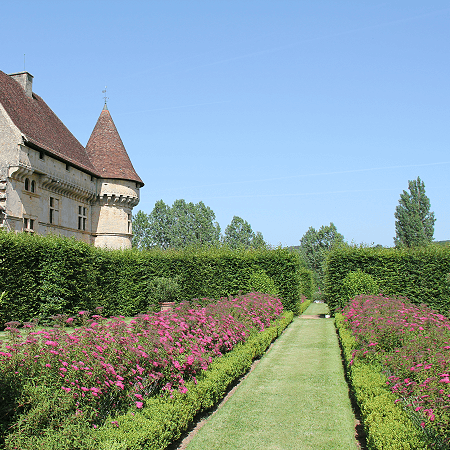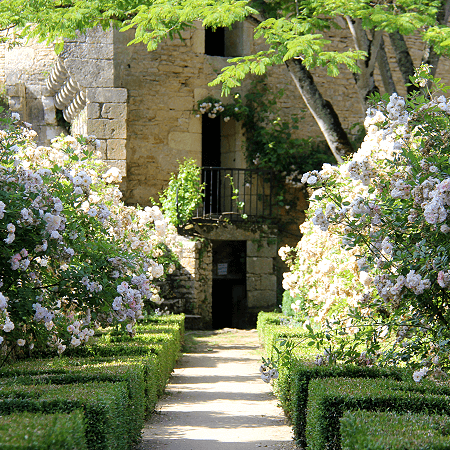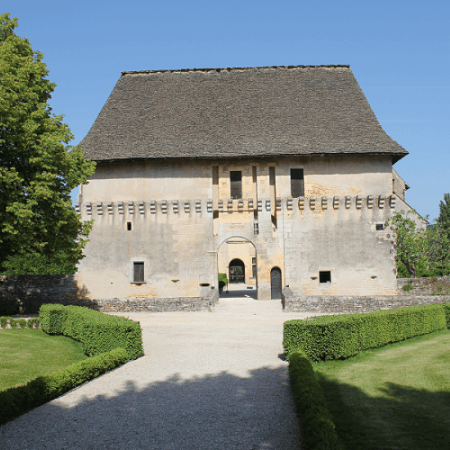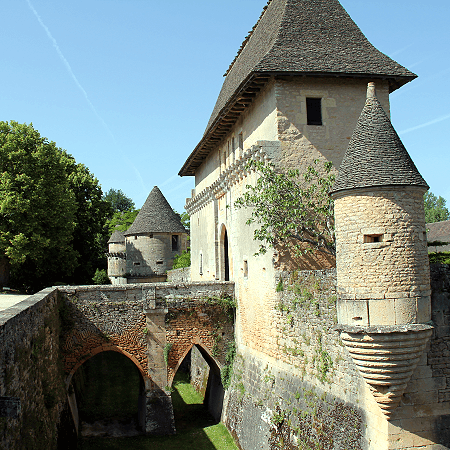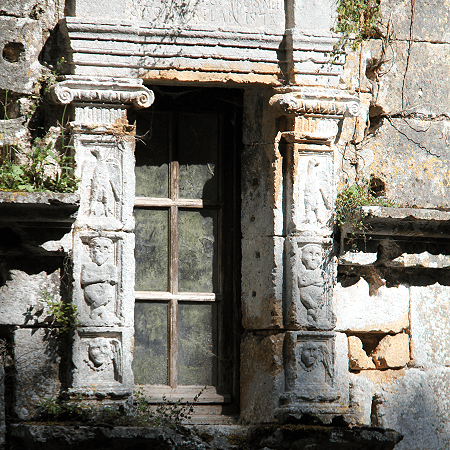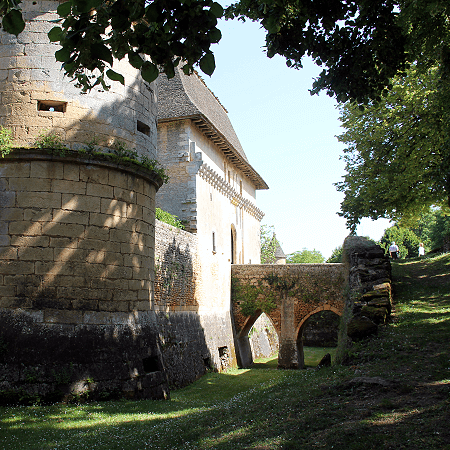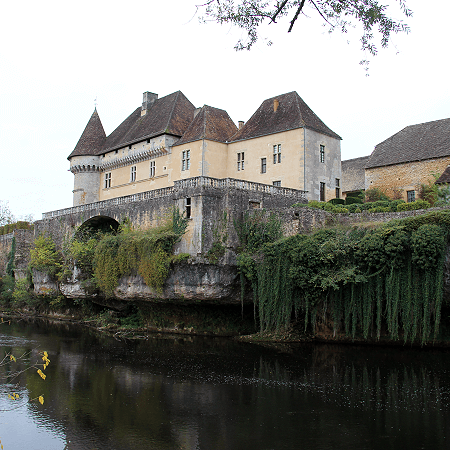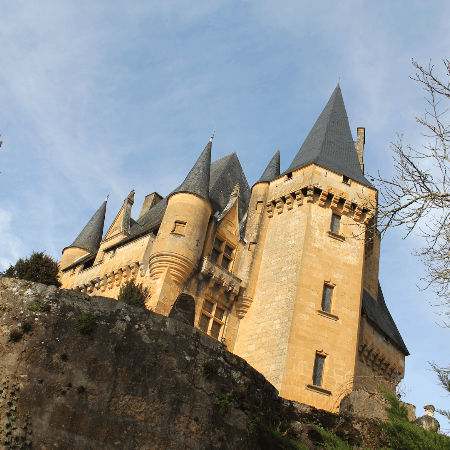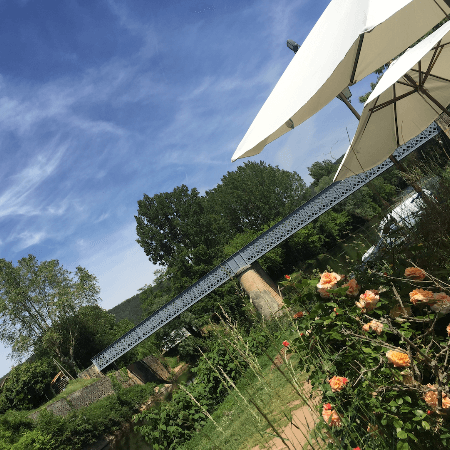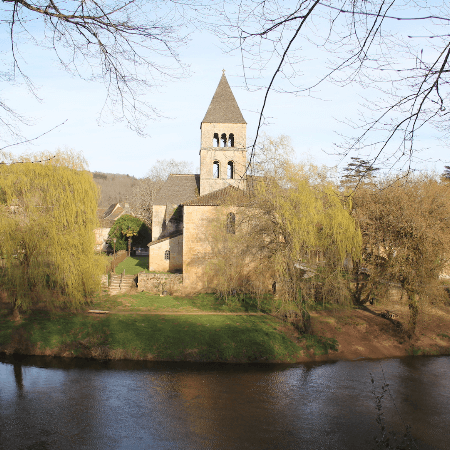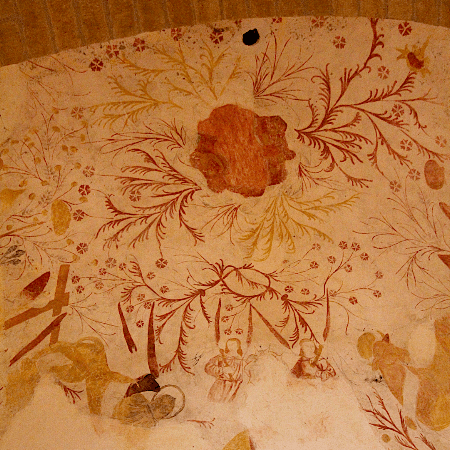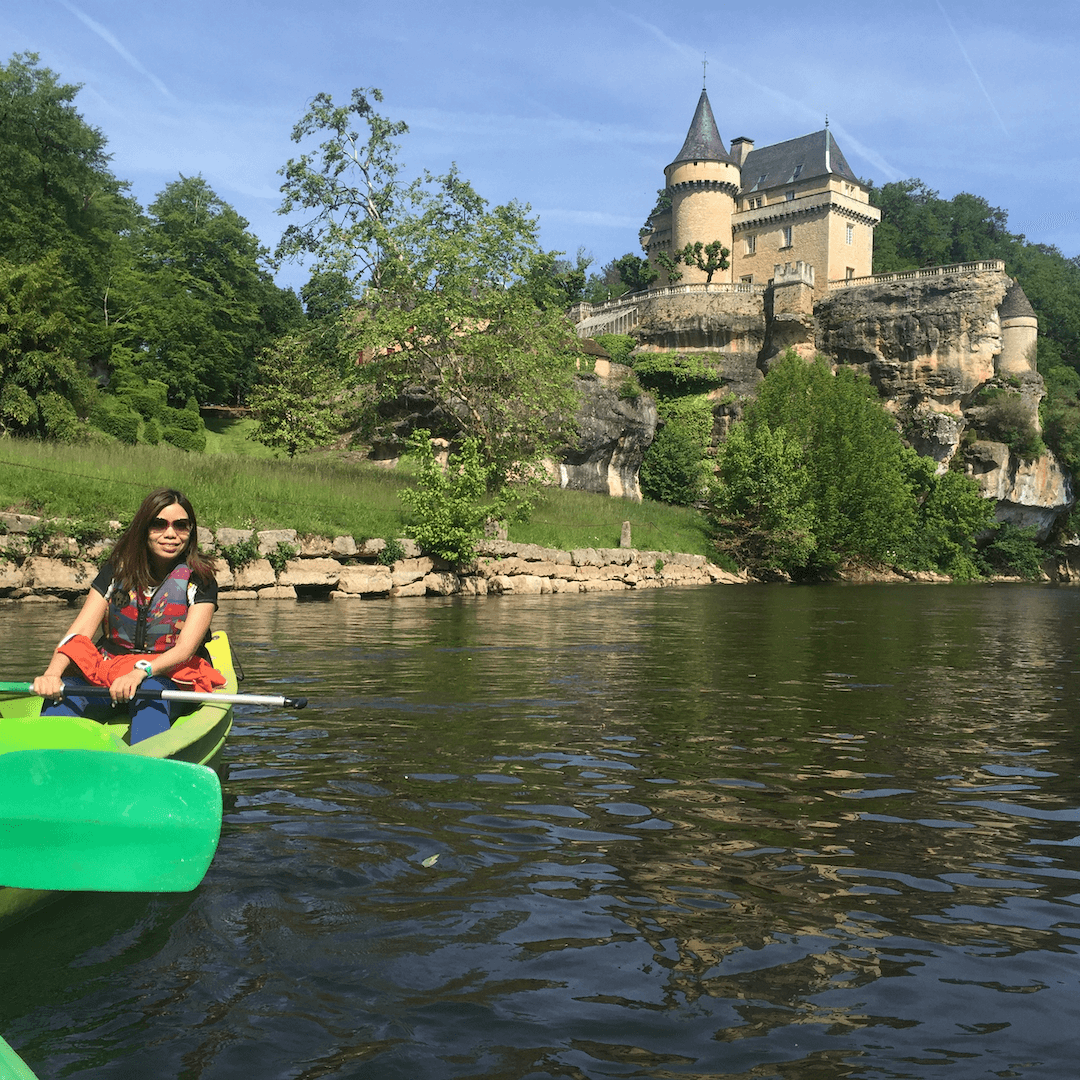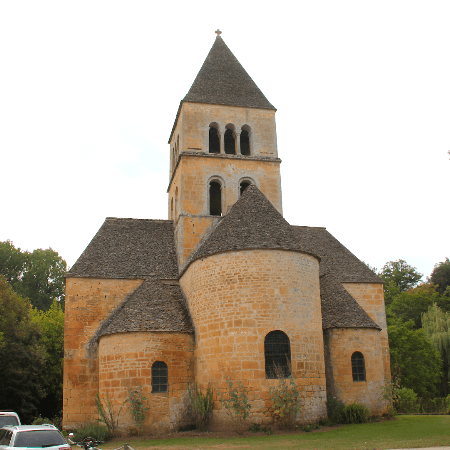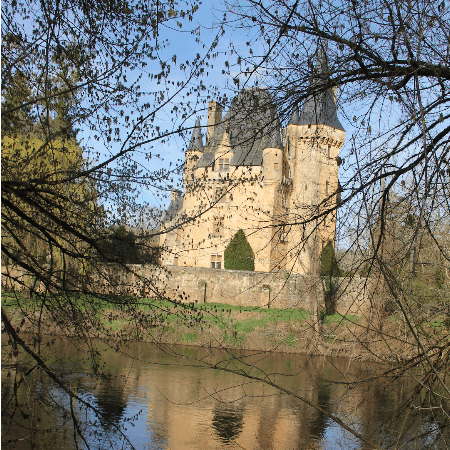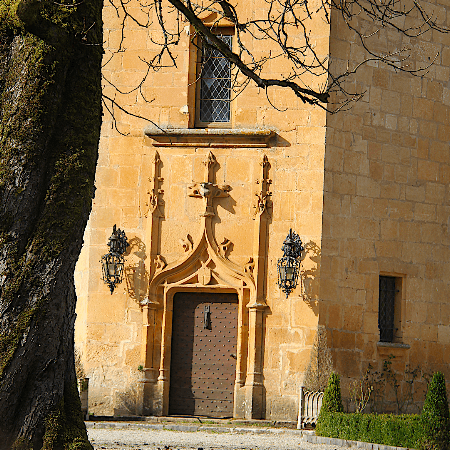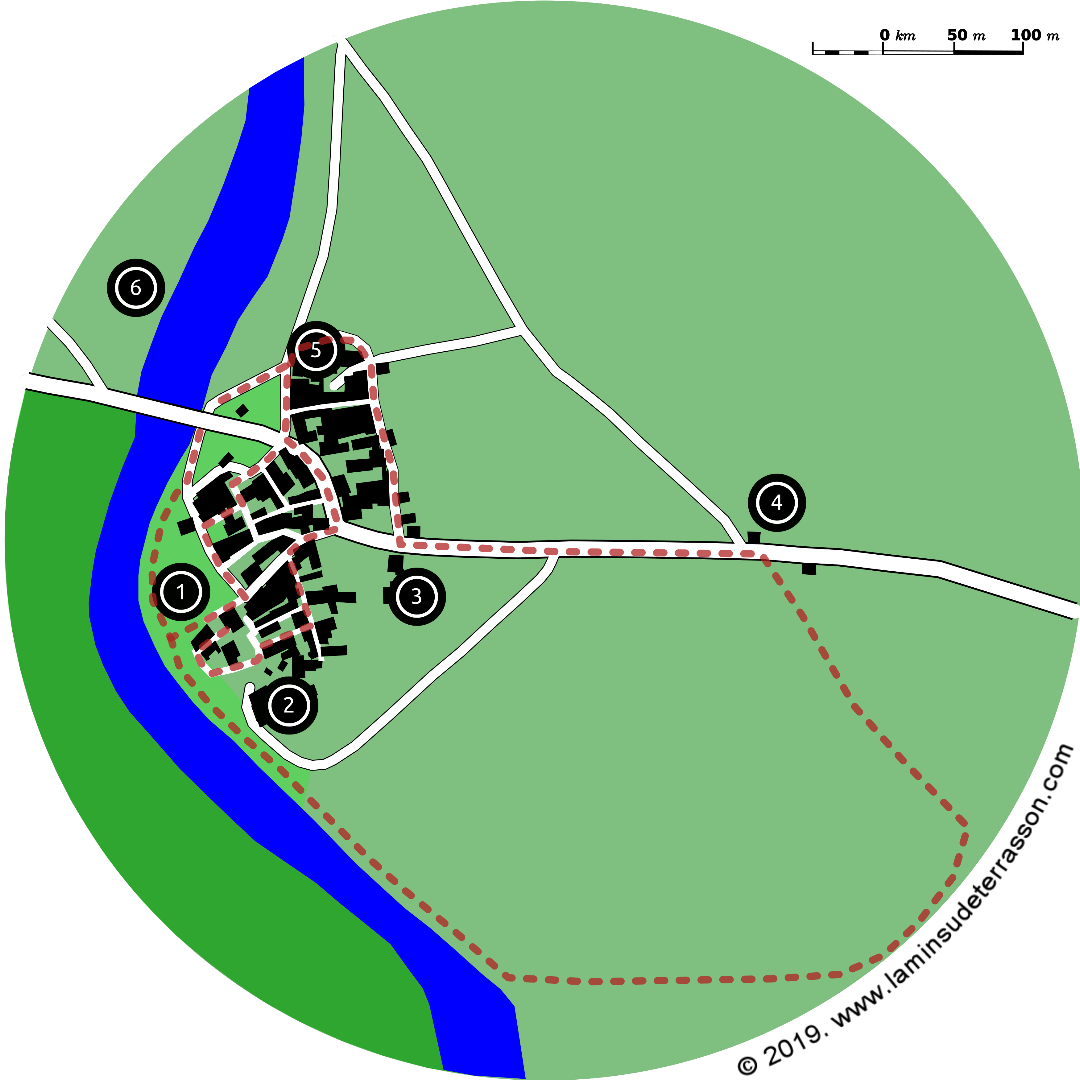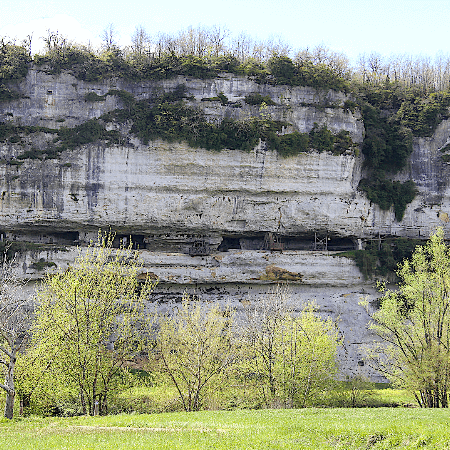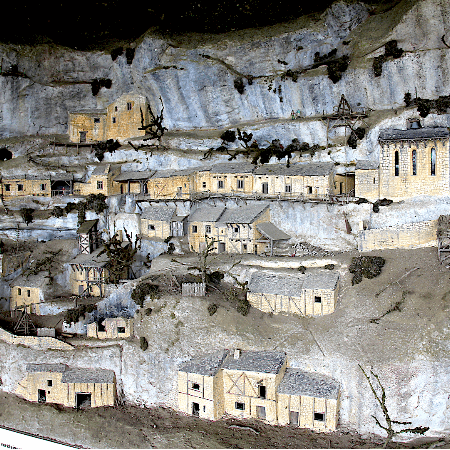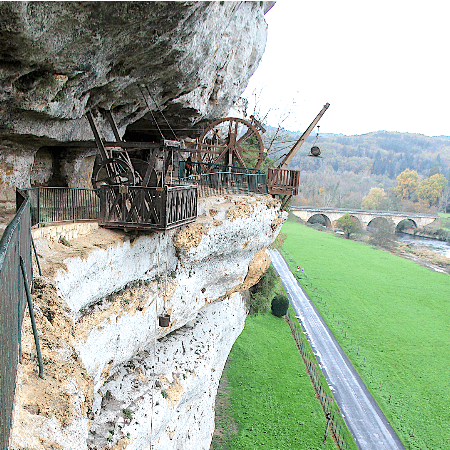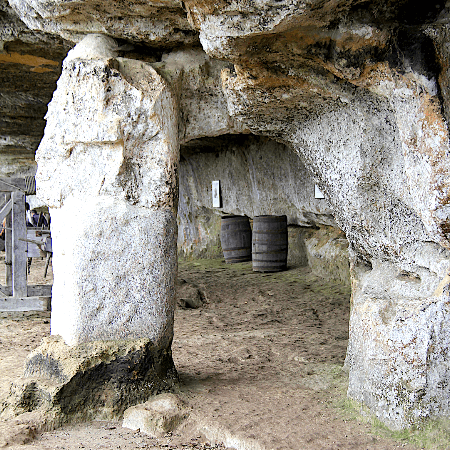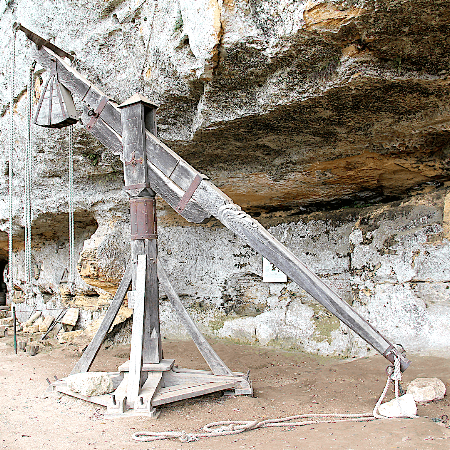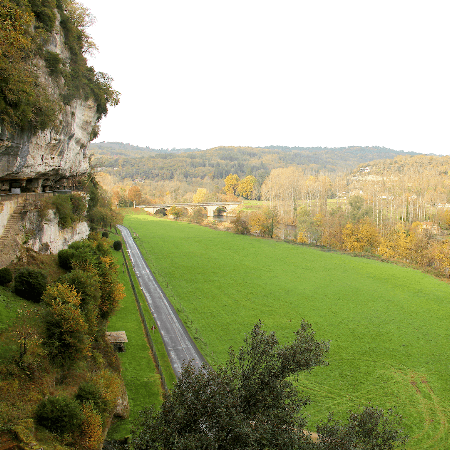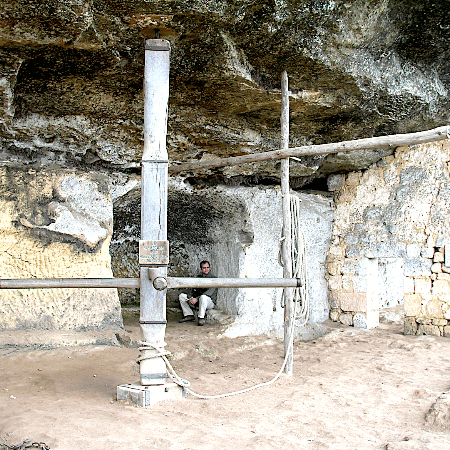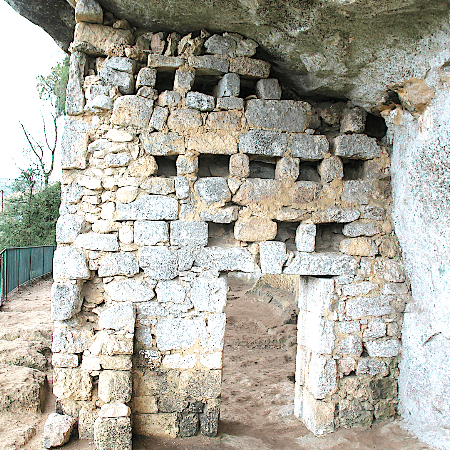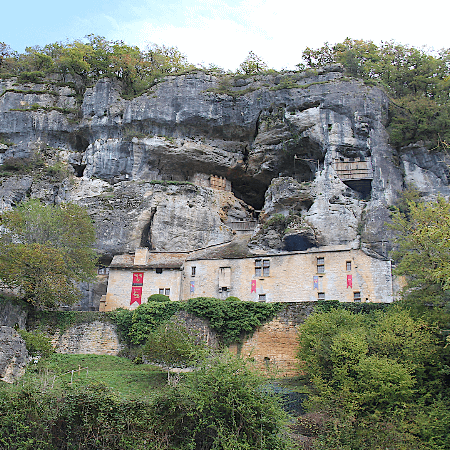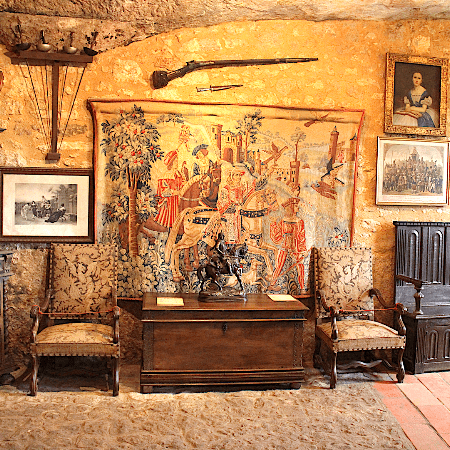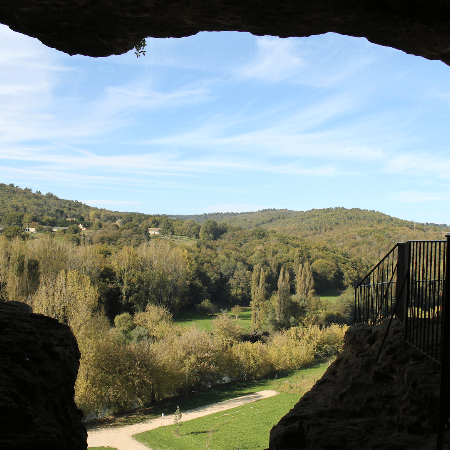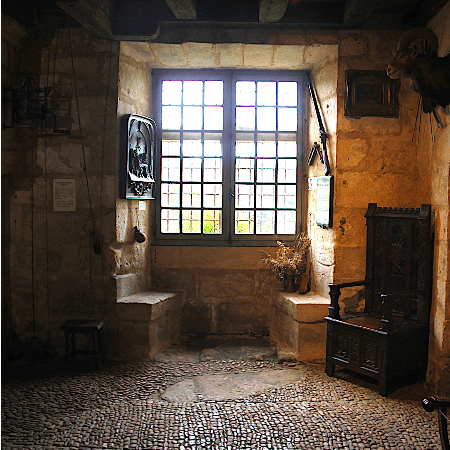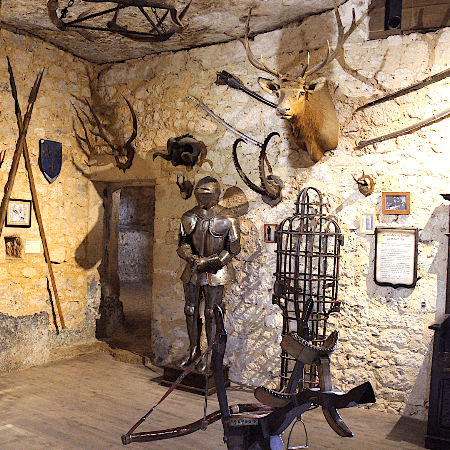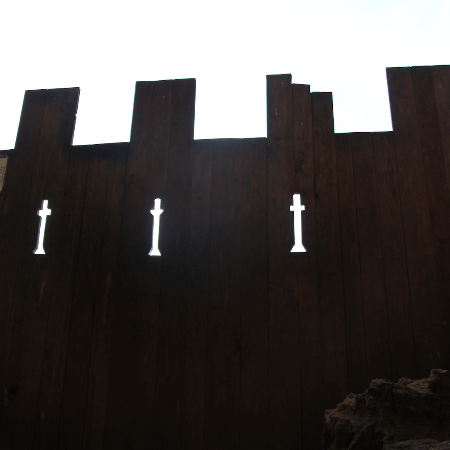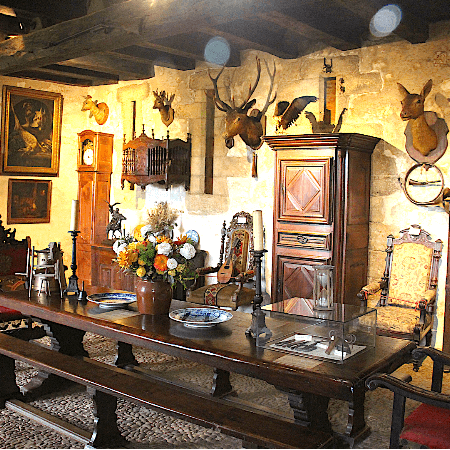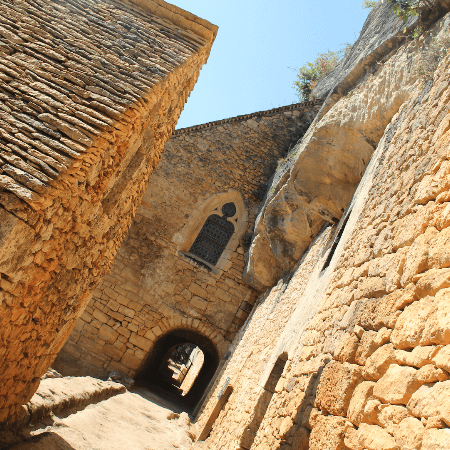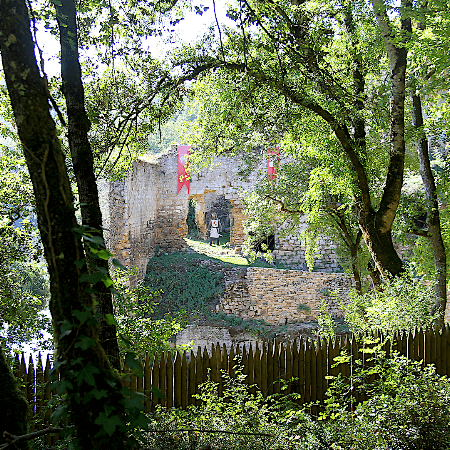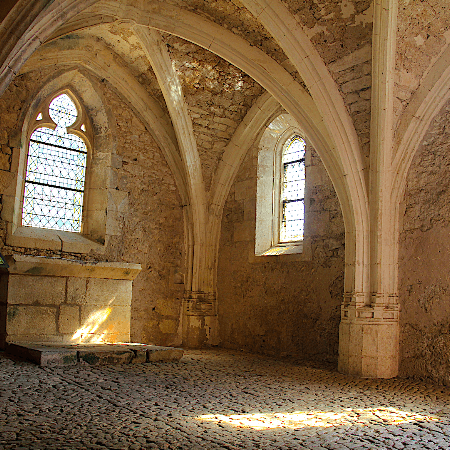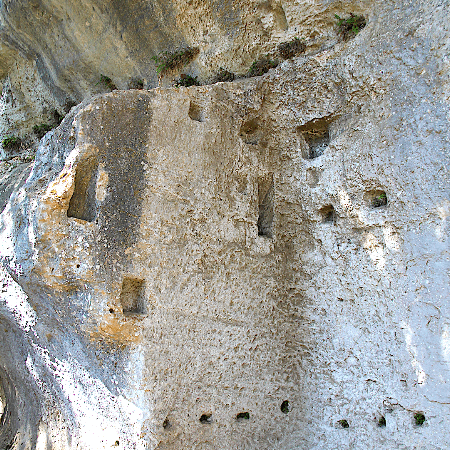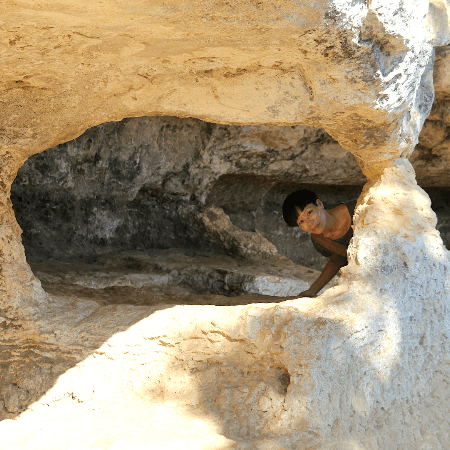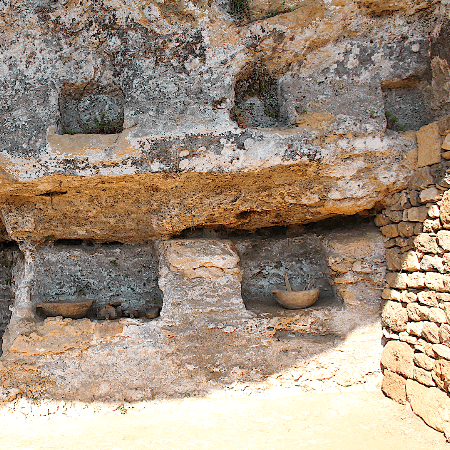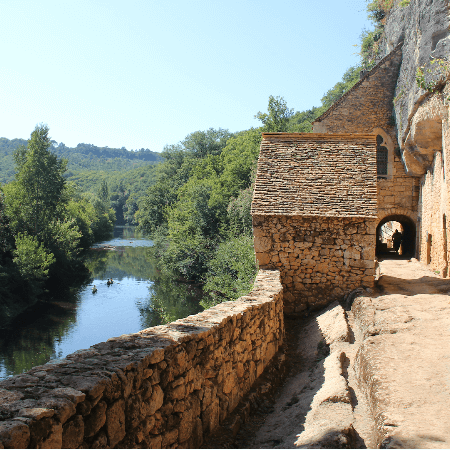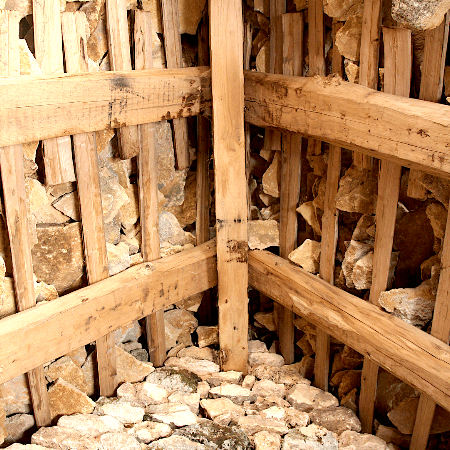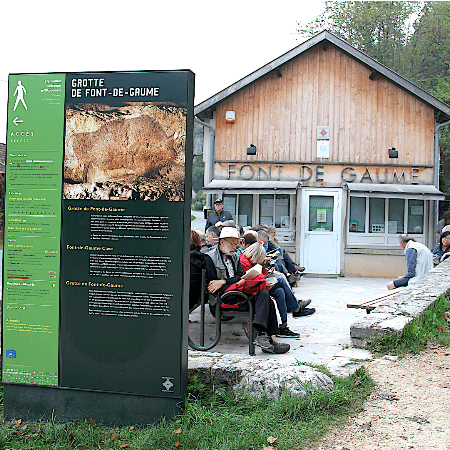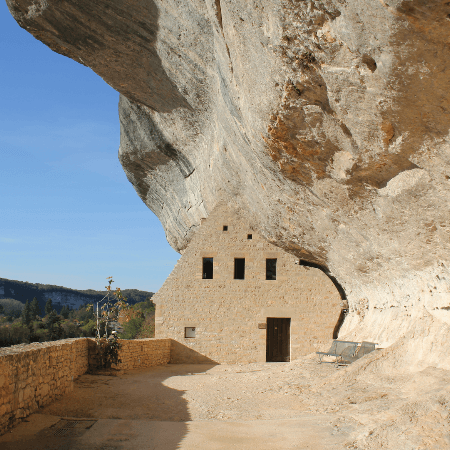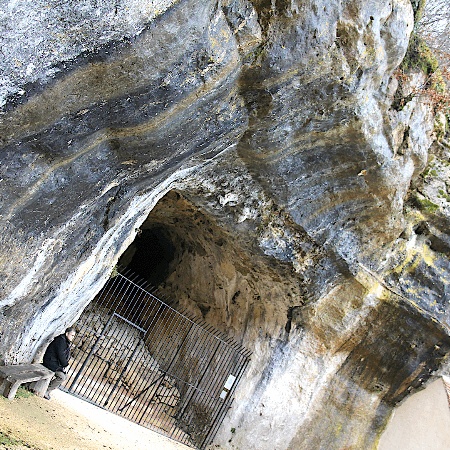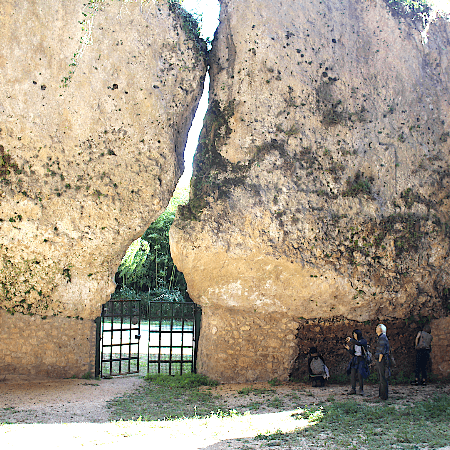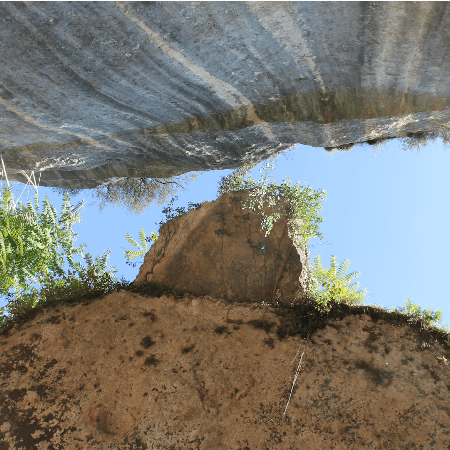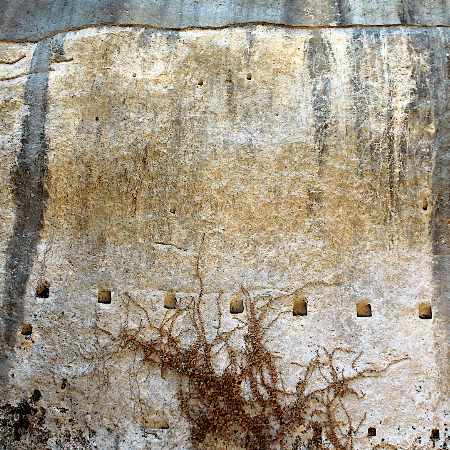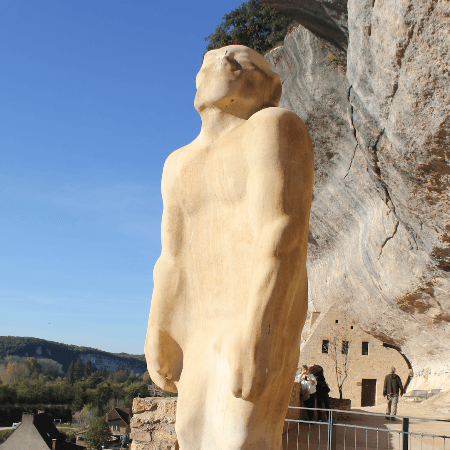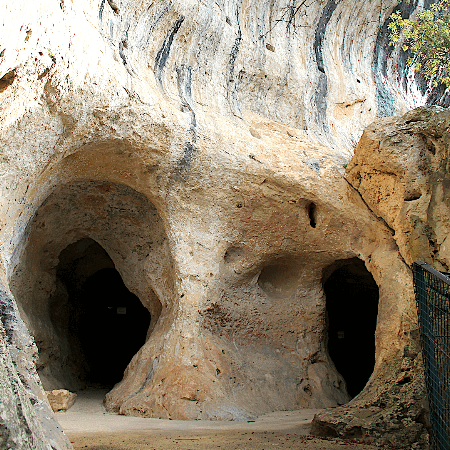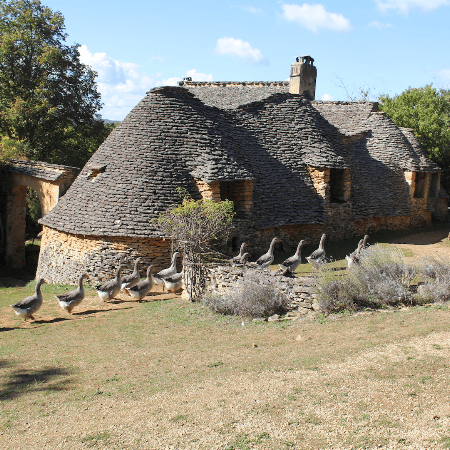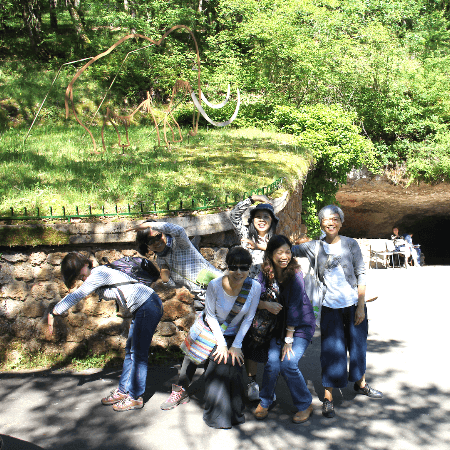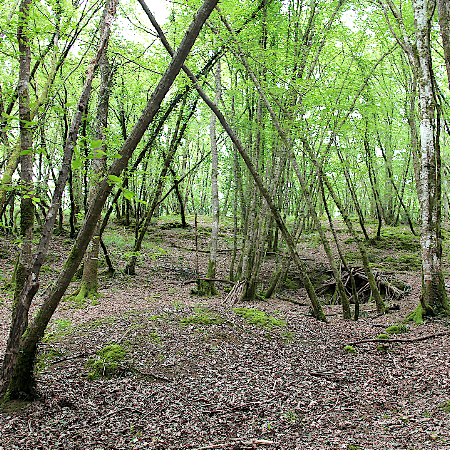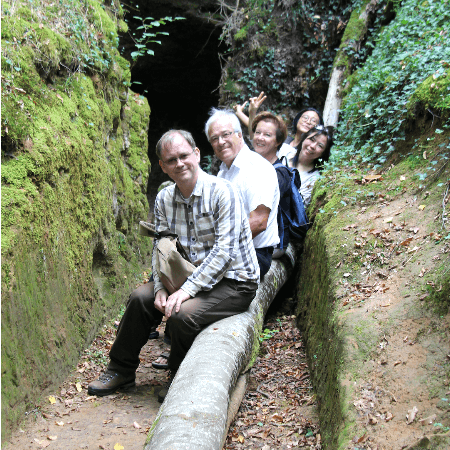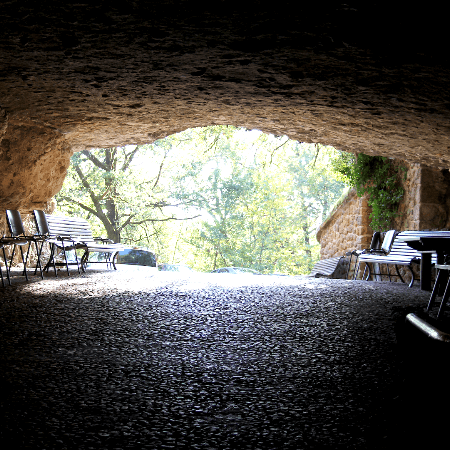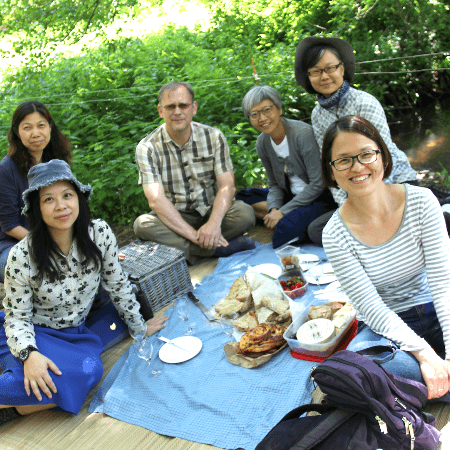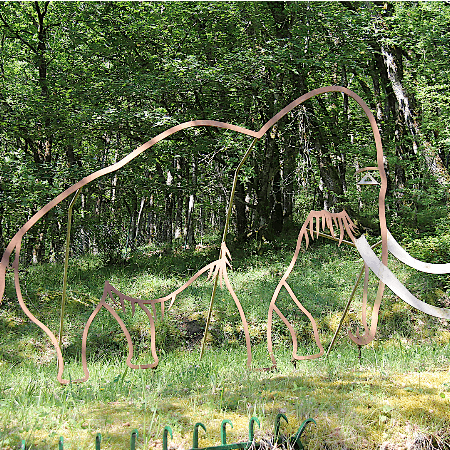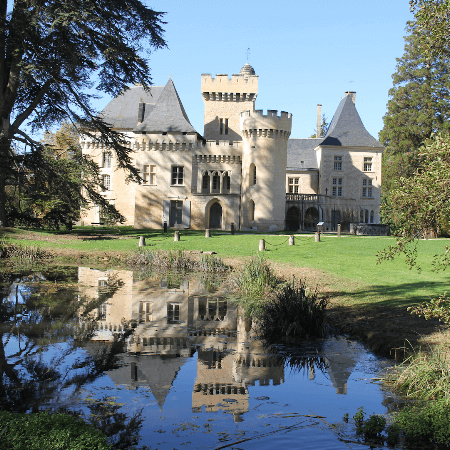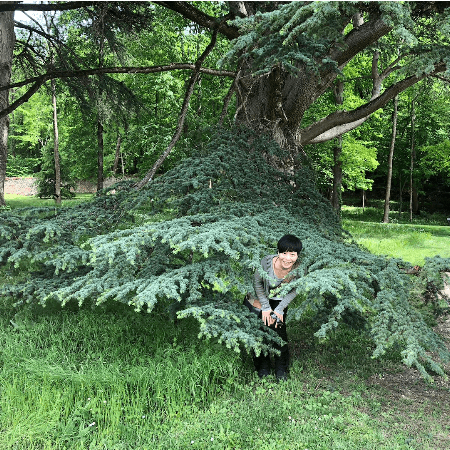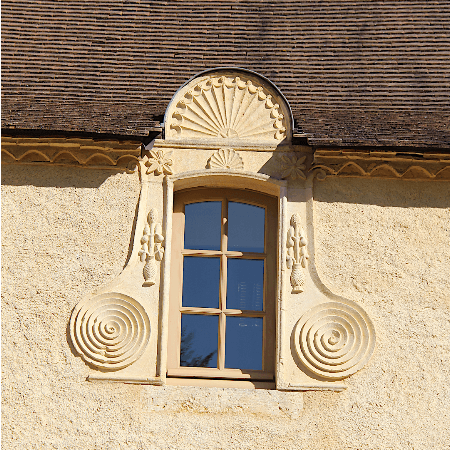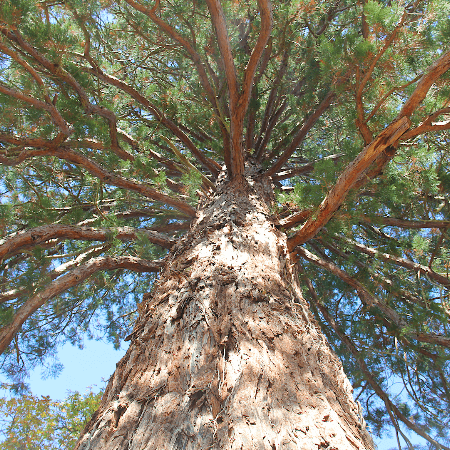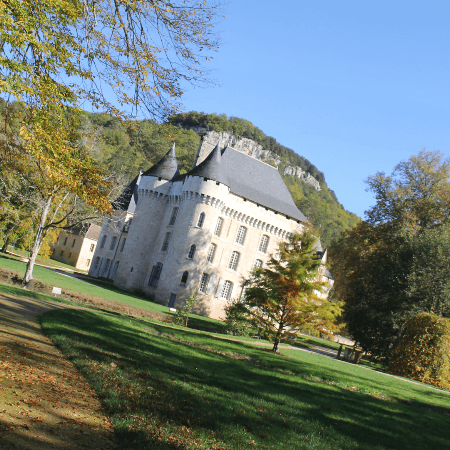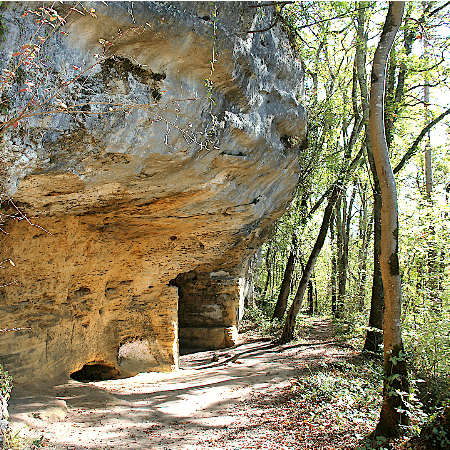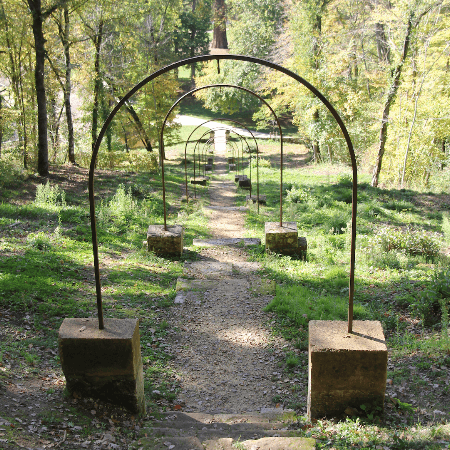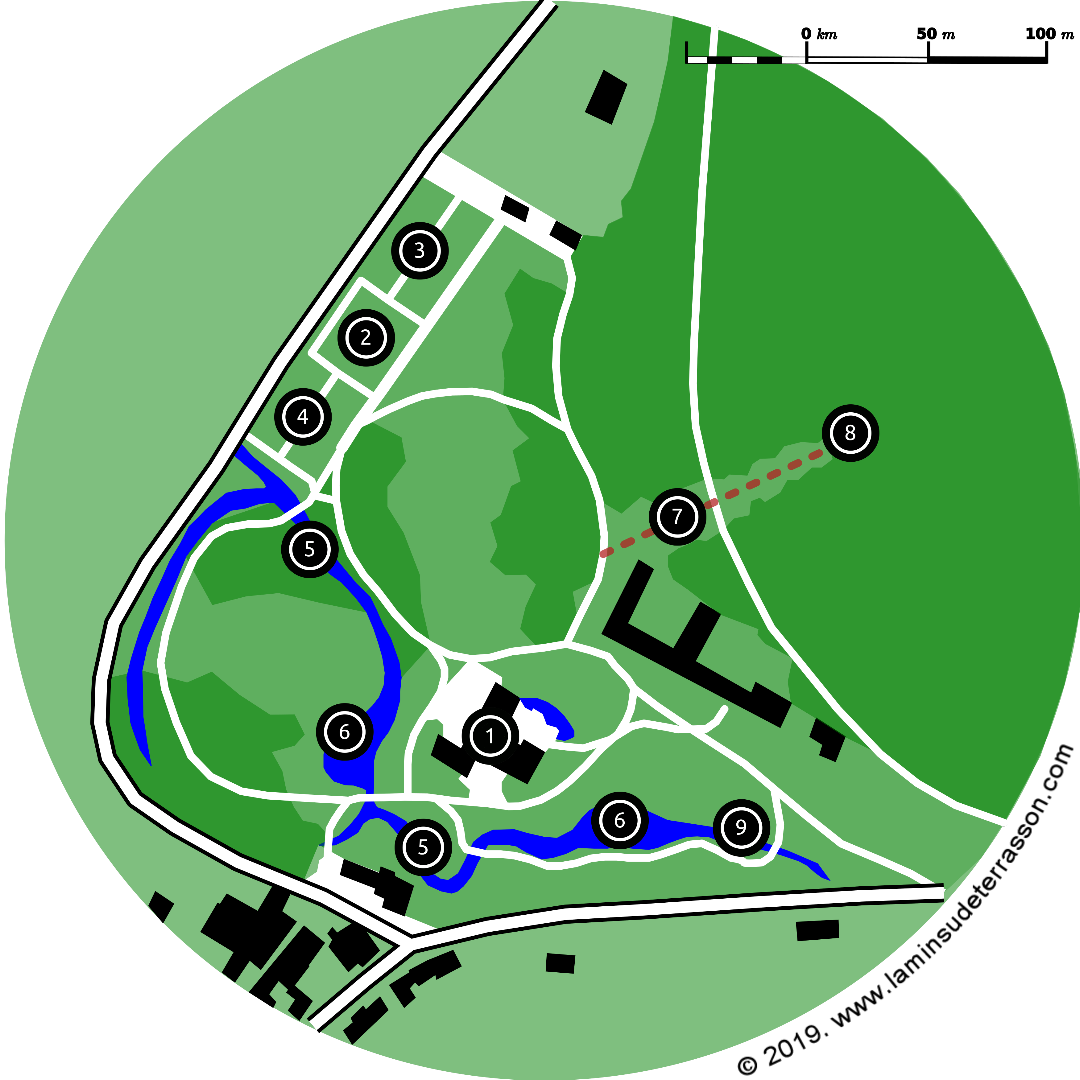The Vézère valley
Terrasson is located on the Vézère river. The river is part of the 'European Ecological Infrastructure' (NATURA 2000) and the valley is classified as a world heritage site by UNESCO. The cave-lined Vézère valley is known as the 'Valley of mankind' due to its wealth of prehistoric sites.
Sites upstream of Terrasson are covered on the 'Vézère Ardoise' page, for information on kayaking, please see our 'Kayak down the Vézère' page'.
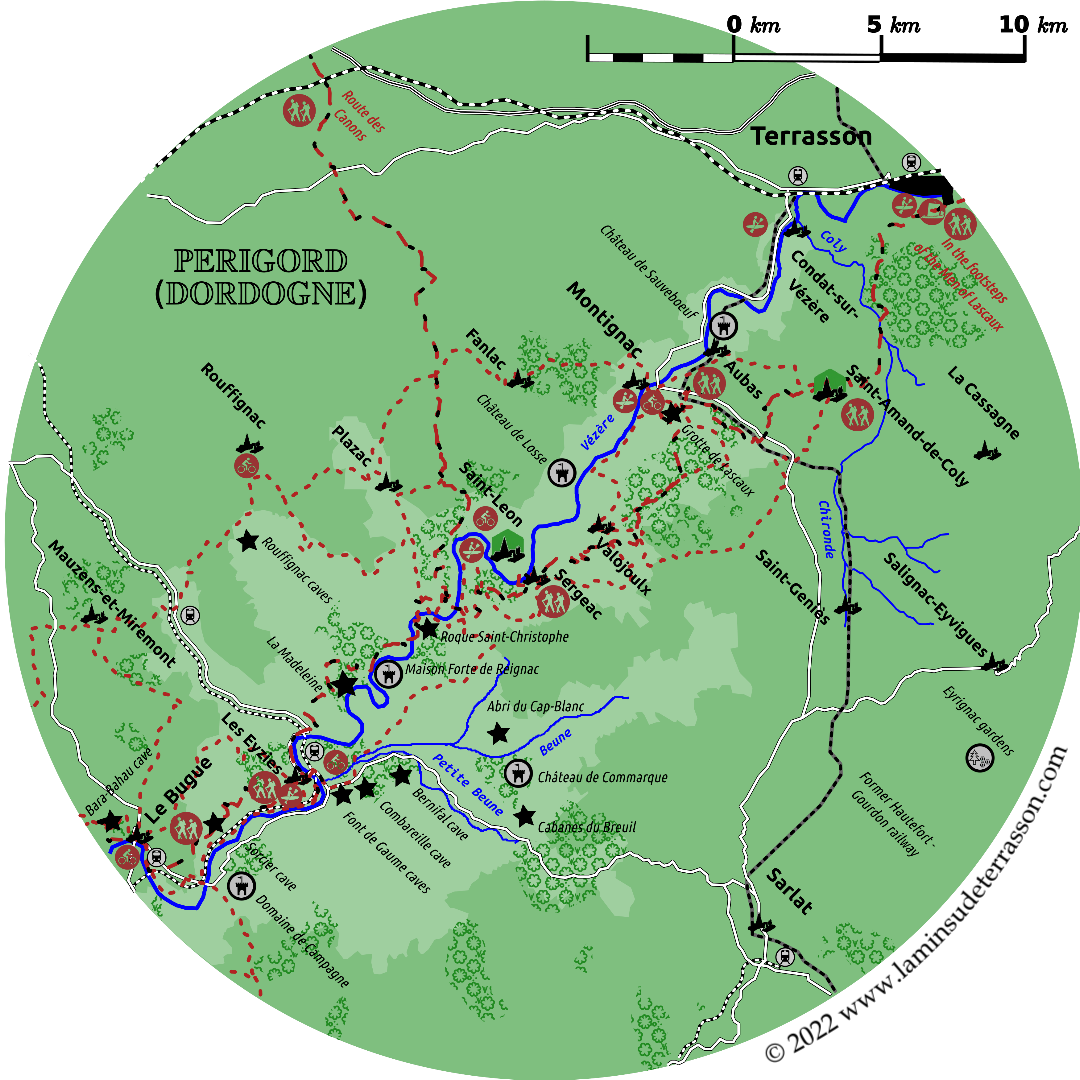
Vézère valley long distance hiking trail
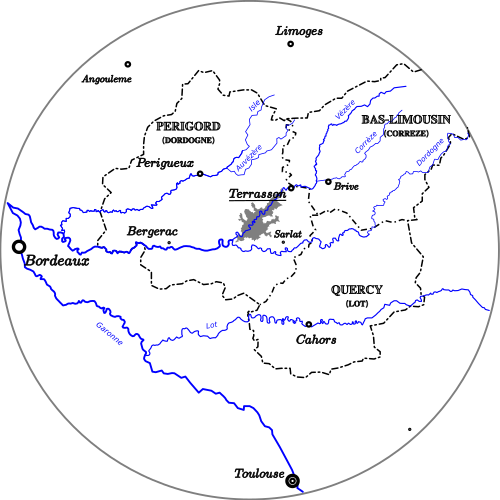 For those who like hiking there is a long distance hiking trail through the Vézère valley:'90 km of marked trails through woods, the shade of cliffs and shelters and the top of sunny hills', the total hike will take 7 section/6 days. We could drop you off in the morning at the start of each section and pick you up in the evening at the end if arranged in advance.
For those who like hiking there is a long distance hiking trail through the Vézère valley:'90 km of marked trails through woods, the shade of cliffs and shelters and the top of sunny hills', the total hike will take 7 section/6 days. We could drop you off in the morning at the start of each section and pick you up in the evening at the end if arranged in advance.
Starting from Terrasson, the first section takes you to Saint-Amand-de-Coly (12km), the second section ends in Montignac (16km), the third section takes you to Sergeac (17km), the forth ends in Les-Eyzies-de-Tayac-Sireuil (22km). The fifth & sixth sectons take you Le Bugue (14km) and Limeuil (11km), where the Vézère meets the Dordogne river. The last section to Le-Buisson-de-Cadouin (6km) will bring you to a train station that is outside the valley.
Condat sur Vézère
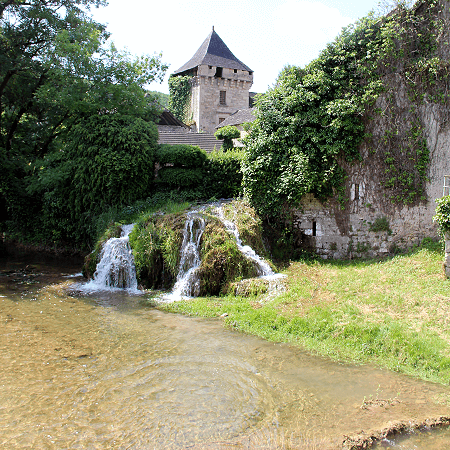
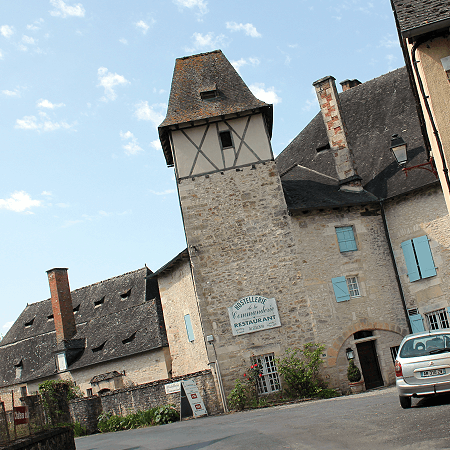

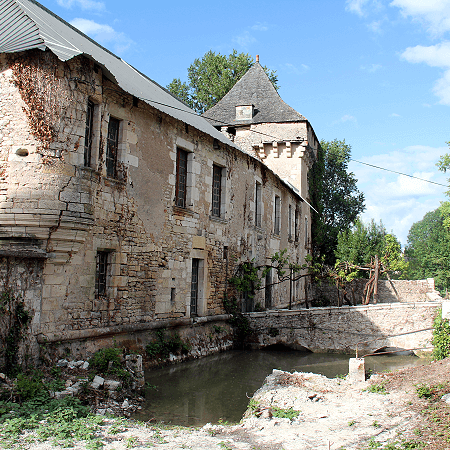
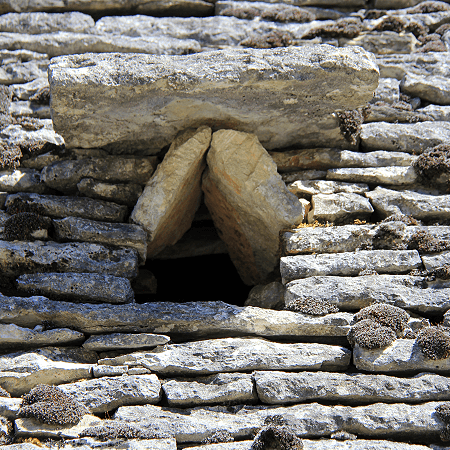
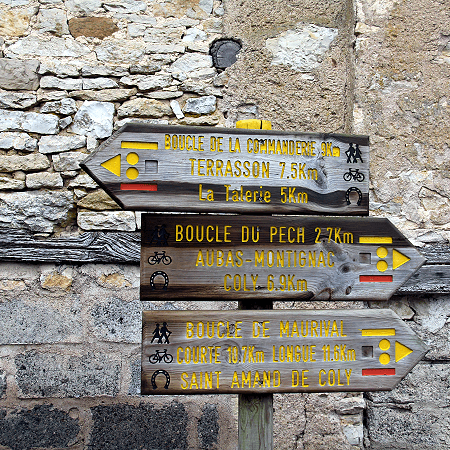
The Coly stream once powered two watermills in Condat-sur-Vézère before dropping into the Vézère through a little cascade. The village has been home to the Gaulois and the Romans and was a base for the Hospitallers whom left their mark.
![]()
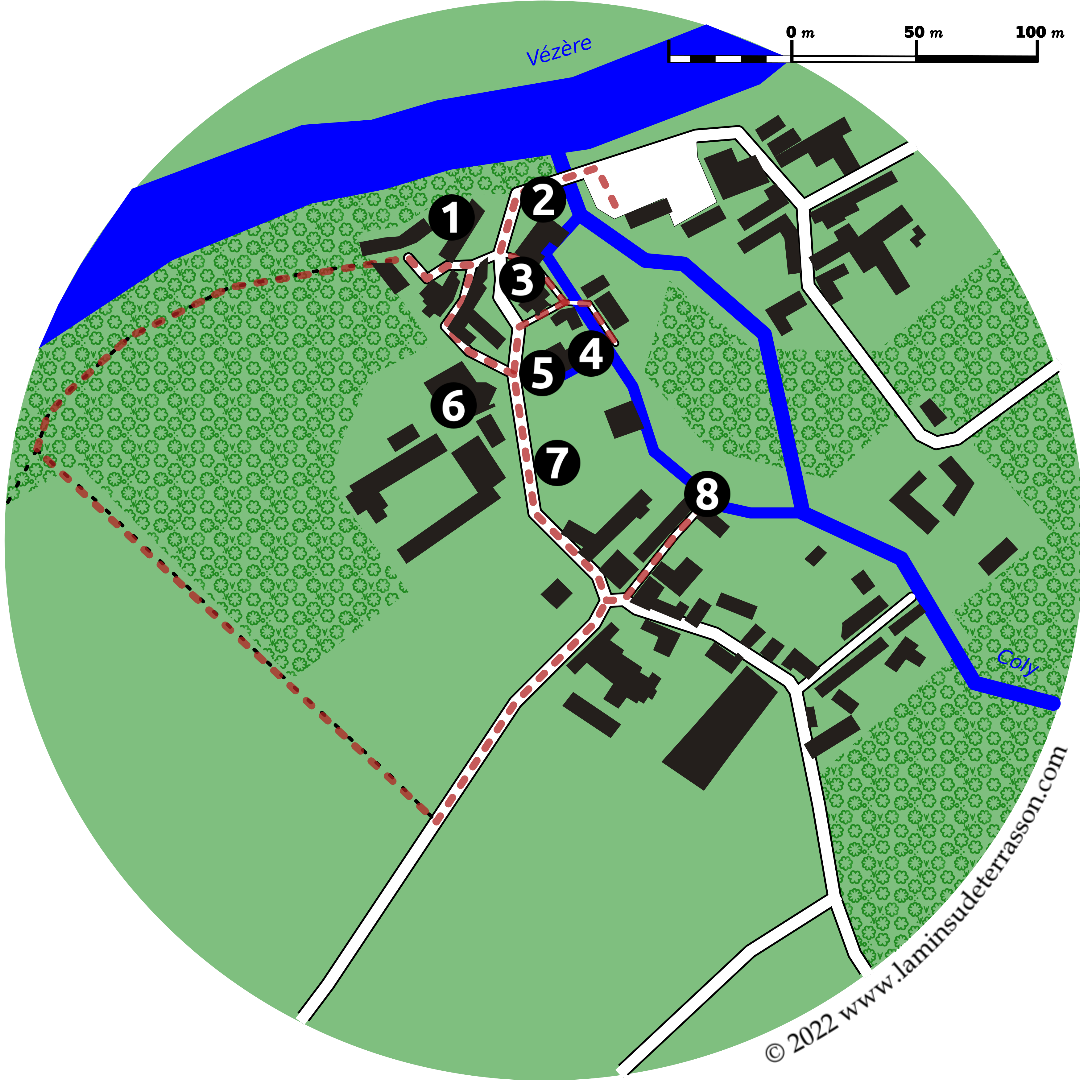
The name Condat derives from the gallic word 'condate', meaning 'confluence of two rivers', in this case the Vézère and the Coly. The first writings evoking Condat go back to the Middle Ages. Today the village is known as Condat-sur-Vézère (occitan Condat de Vesera) to avoid confusion as the name is 'Condat' is quite common.
Condat was occupied by the Order of Knights of the Hospital of Saint John of Jerusalem (also known as Knights Hospitalier or Hospitallers for short) from the 12th till the 18th century. After the conquest of Jerusalem in 1099 during the first crusade, the organization became a religious and military order charged with the care and defence of the Holy Land. Pope Clement V dissolved the rival order, the Knights Templar, in 1312 and turned over much of their property to the Hospitallers.
The village was the seat of the principal commandery of the Hospitallers which had authority over a genuine network of commanderies of the Périgord. The commanders had the right on high and low justice and his authority was exercised over the many possessions in Périgord. From 1291 to 1790, thirty commanders succeeded one another in Condat. During the wars of religion the parish of Condat was devastated several times.
The commandery of Condat has conserved the majority of the buildings as they were (re)constructed under the command of François de Touchboeuf Clermont by 1540. The small watermill (1), large watermill with the common bread oven (2) (four banal), the church (3), prison (4), commanders lodge (5), noble house of Verdier (6), remnants of the ancient enclosure wall (7) and fishponds. The Hospitallers exploited the hydrolic power of the Coly through mills to work grain, nuts and hemp though this last 'fulling mill' has today disappeared.
From the Castle of Condat, the 16th century lodge remains and the 14th century prison tower, registered as historical monuments since 1948. The rectangular building has an adjacent square on one side, fishpond and ramparts on the other, and in the opposite corner a 16th century tower. The Romanesque church of Notre-Dame-et-Saint-Jean-Baptiste, dates back to the 12th century with its fortified flat bell tower with four bays, that is accessible through a staircase in the right buttress. The old residences include the noble house of the Verdier and some half-timbered (à colombage) houses (8).
The four banal (commune oven) is a reminder of the restrictions in feudal tenure in France which obliged peasants to use the facilities of their lords, until the 18th century. These included the required use-for-payment of the lord's mill to grind grain, his wine press to make wine, and his oven to bake bread. Both the manorial lord's right to these dues and the banality-dues themselves are called droit de banalité. The object of this right was qualified as 'banal', e.g. the four banal.
La Commanderie, former 13th century safekeeping post of the Knight Hospitallers, is a historic place that nowadays serves day menus inside its dining room with thick walls and vaulted ceiling, or outside in its parkland gardens.
You can walk around Condat in 30 minutes or hike one of the following trails :
| Hiking trails starting from Condat-sur-Vézère | ||||
|---|---|---|---|---|
| > | Boucle de la Commanderie; 9km – 3h. | |||
| > | Boucle du Pech; 2,7km – 1h. | |||
| > | Boucle de Maurival; 11,6km – 3h. | |||

